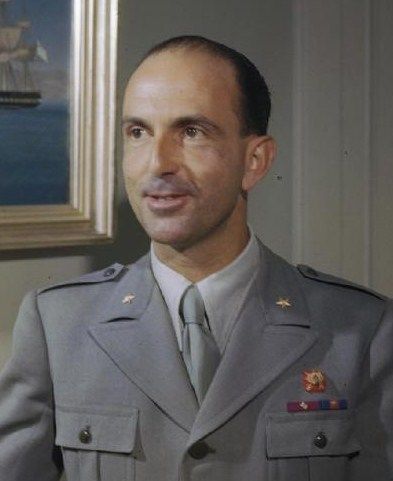On 2 June 1946, a constitutional referendum in Italy abolished the monarchy in favor of a republic by majority vote.
Italy had been a monarchy under the House of Savoy since the unification of the country in 1861 by the Kingdom of Piedmont-Sardinia. The Statuto Albertino, granted by King Charles Albert to his subjects in 1848, served as the constitution of the Kingdom. The Statuto provided citizens with equality before the law; however the freedom of assembly and the press were limited: for example, only 3% of the population had the right to vote. Initially, the Statuto established the existence of three classical branches of government: executive (monarch), legislative (Senate and elected Chamber of Deputies) and judicial (judges were appointed by the king).
However, adjustments were constantly made to it: ministers were accountable to parliament and established the post of prime minister. In 1912, the government of Giovanni Giolitti introduced universal suffrage for all male citizens. In 1922, the fascist regime of Benito Mussolini almost deprived the monarch of his powers. The text of the Statuto was rewritten in the interests of the Fascist Party.
In May 1946, after the abdication of King Victor Emmanuel III, King Umberto II ascended the throne, but he remained in power for 34 days only and was nicknamed the “May King”.
The preparations for the referendum were accompanied by conflicts and clashes, especially in northern Italy, between monarchists, fascists and communists. According to the law, the results were tested by the highest court - the Corte di Cassazione. 12,718,641 votes (54.27%) were cast in favor of the republic model and 10,718,502 (45.73%) for the monarchy. 6.5% of the ballots were declared invalid; the turnout was 89.08%.
On 6 June 1946 the Republic was officially proclaimed. Umberto II initially declared that the results of the referendum had been falsified; he ignored the appeal of his supporters and created his own government. He said: “My house united Italy. It will not divide it." On 12 June Italy Prime Minister Alcide De Gasperi headed the state, and on 13 June Umberto II left the country.
























